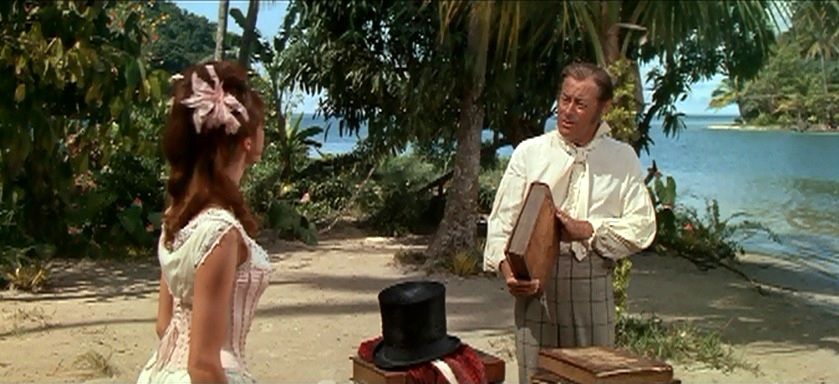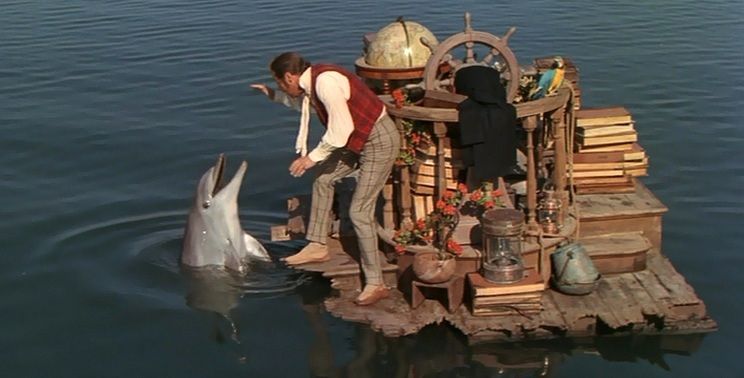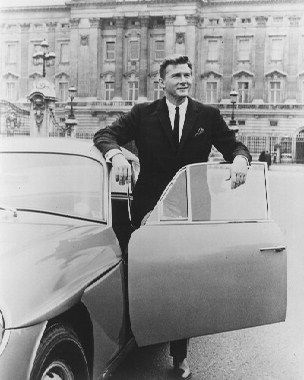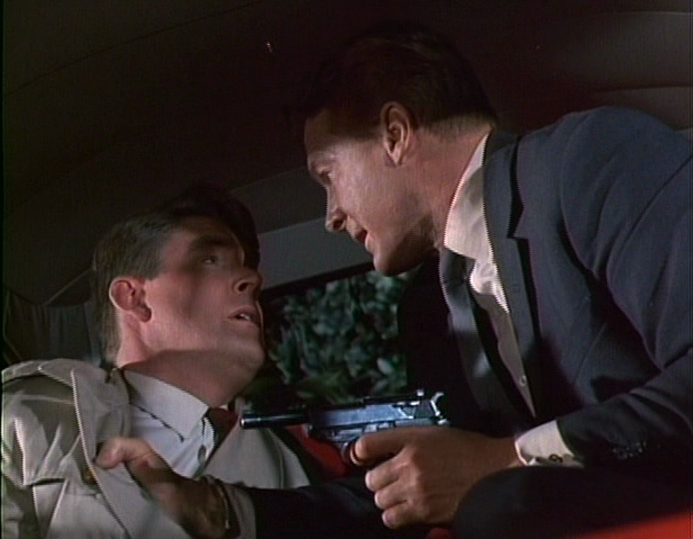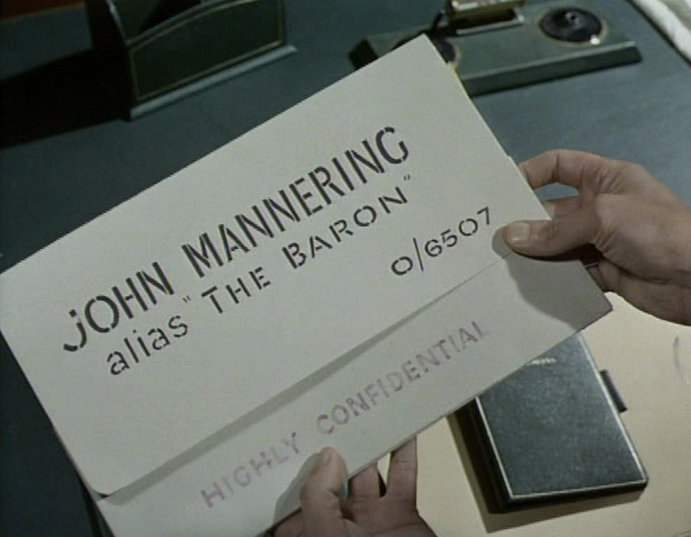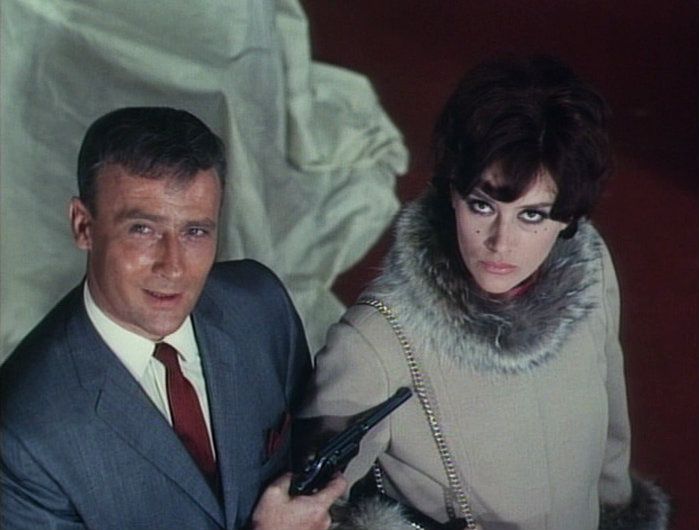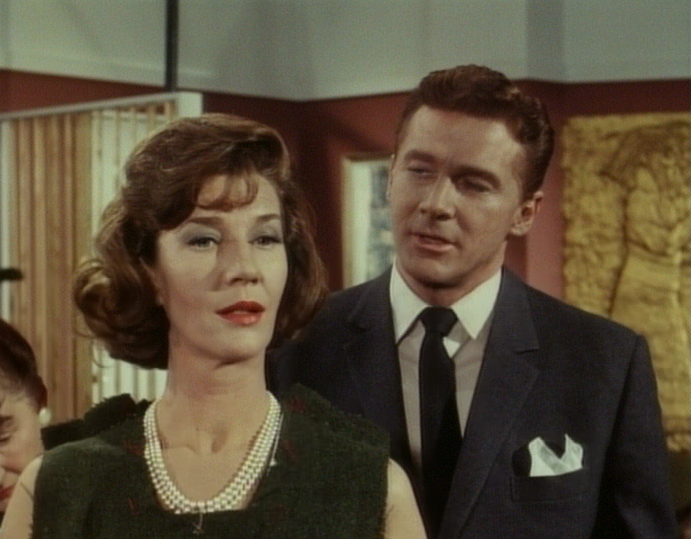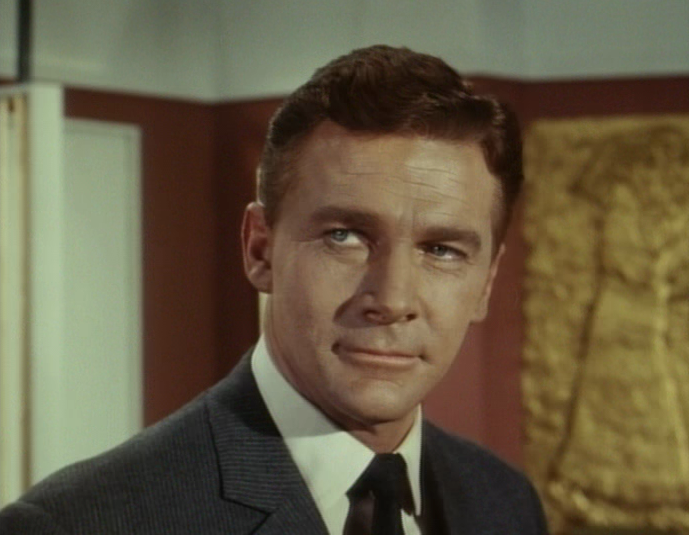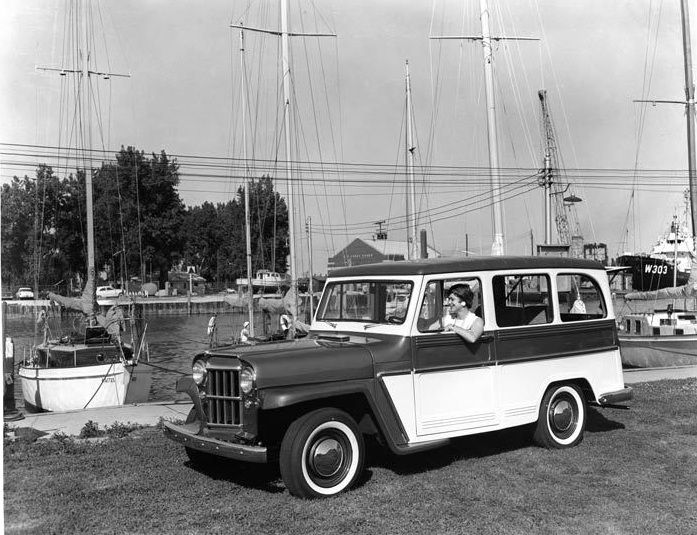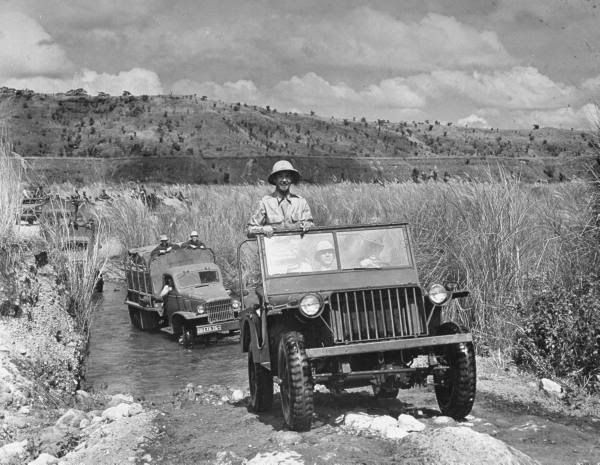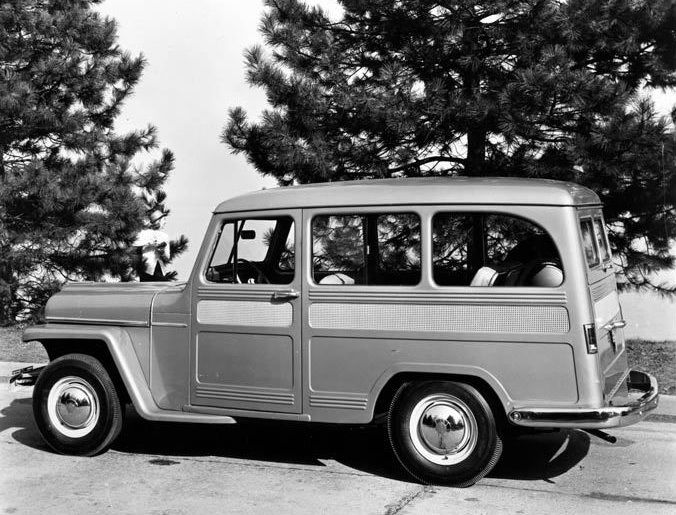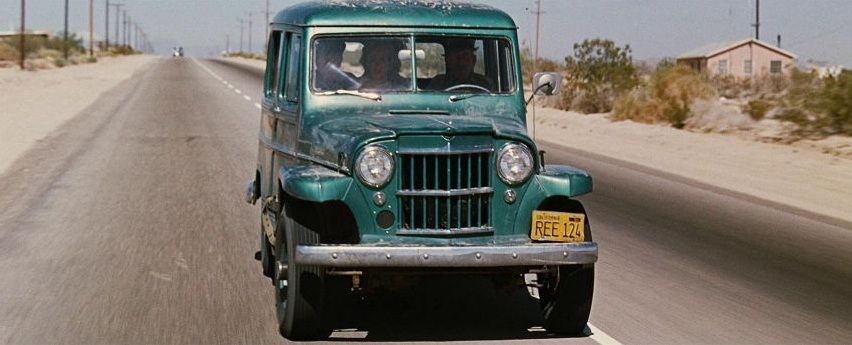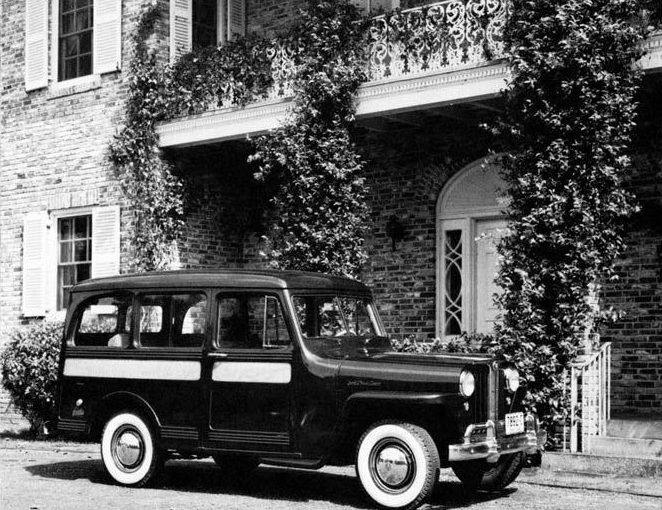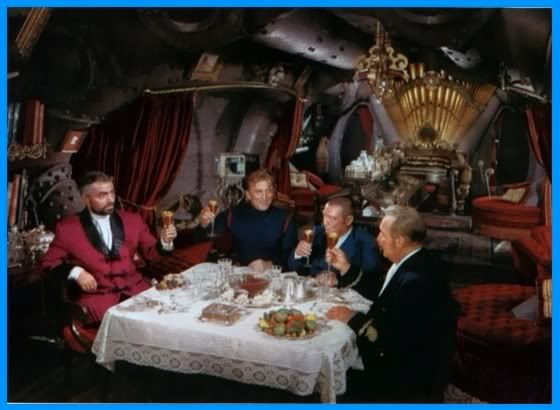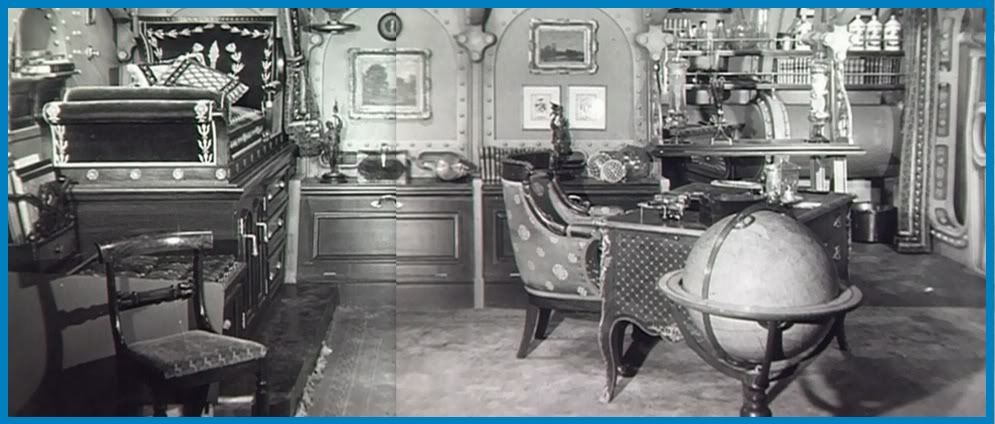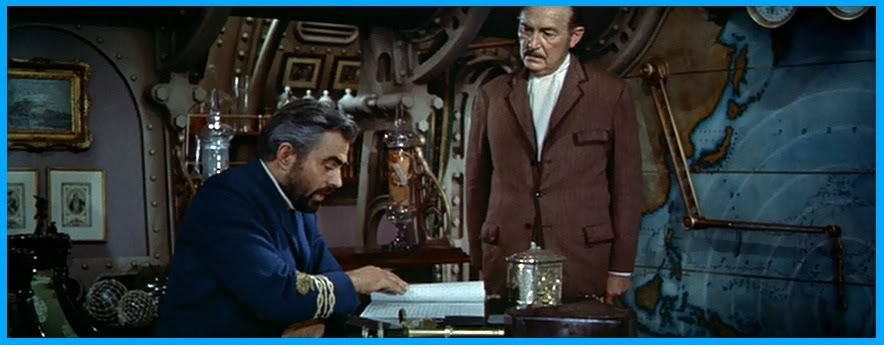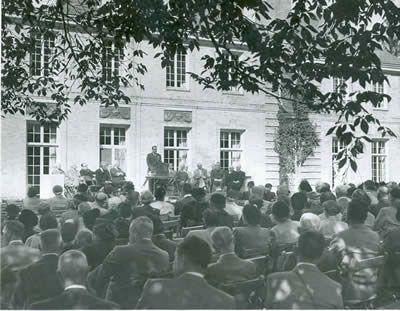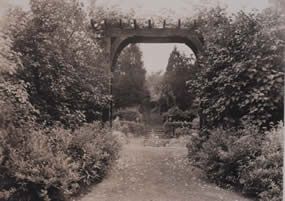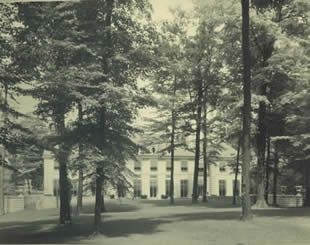It was during the turn-of-the-century that the Stanley Motor Carriage Company first revved its engines and revolutionized mass transport by providing a reliable and affordable means of sputtering about for the public. The internal-combustion engine had been laden with mechanical difficulties since its birth in 1860 and would not be a practical means of transport until the mid 1910s, mainly due the difficulty the average Joe ( and Jane ) had in crank-starting it.
In 1897, twin brothers Freelan Oscar and Francis Edgar Stanley developed the steam automobile into a commercially feasible business venture where others had failed. ( Although in England steam automobiles were in..well, full steam...as early as the 1870s. )
In 1895 the twins had retired after making a fortune developing the airbrush and a dry photographic plate coating process but being true inventors at heart they had always loved tinkering with the new and unusual. Their latest invention was a light and yet powerful steam vehicle built solely for their own use, but within a year they had received over 200 orders for custom built steam cars and an unexpected business had blossomed.
 |
| The 1904 Stanley Steamer |
In the short span of a few years the Stanley Steamer became the premier steam car to own and quickly gained popularity among the wealthy. They remained the most popular automobile in America up until the mid 1910s when the introduction of the electric starter made the internal combustion engines a snap to start and Henry Ford's assembly-line built Model T's priced them out of the competition....at only 1/4 the price of a Stanley.
 |
| The 1910 Stanley Steamer |
During 25 years of production over 11,000 automobiles were produced by the Stanley Motor Carriage Company in 86 different models...a 7 passenger Touring, a 4 passenger Brougham, a 2 passenger Roadster among many others.
The Stanley steam cars were affectionately known as "The Flying Teapots" for they were an efficient, economical and extremely fast mode of transportation capably of many feats too. In 1906 a Stanley Steamer set the record for the fastest mile in an automobile at 28.2 seconds ( 127 mph ) and it was not until 2009 that the speed record for steam-powered automobiles was broken...by a jet engine.
 |
| A 1903 Stanley Steamer at Daytona Beach |
In 1899 Freeland O. Stanley and his wife Flora drove their Stanley-designed Locomobile up the 7.6 mile 4,725 foot vertical rise Mount Washington carriage road in two hours and 10 minutes...one-third of the time it would take with a traditional horse-drawn stage.
 |
| A 1912 Stanley Steamer Touring Car |
Today there are still hundreds of little Stanley steamers in existence around the world, some of them fetching prices of up to $285,000.









